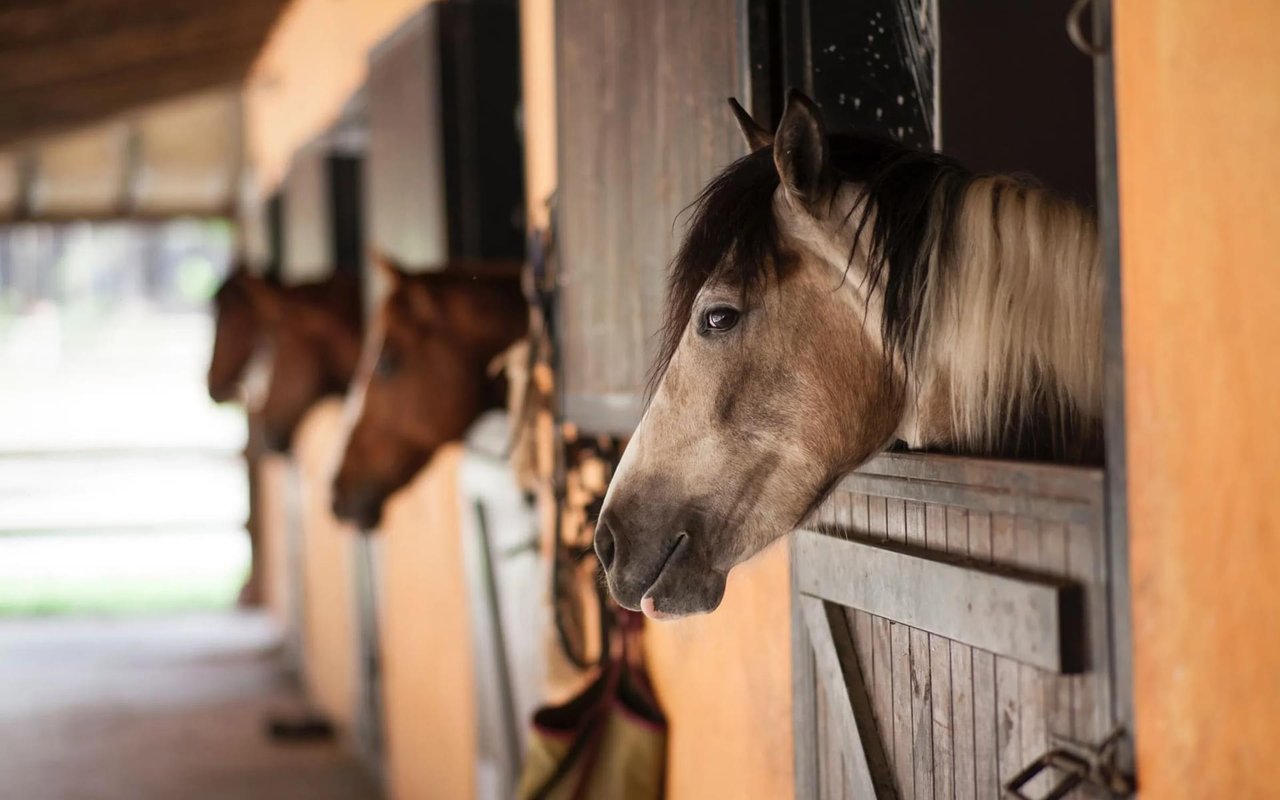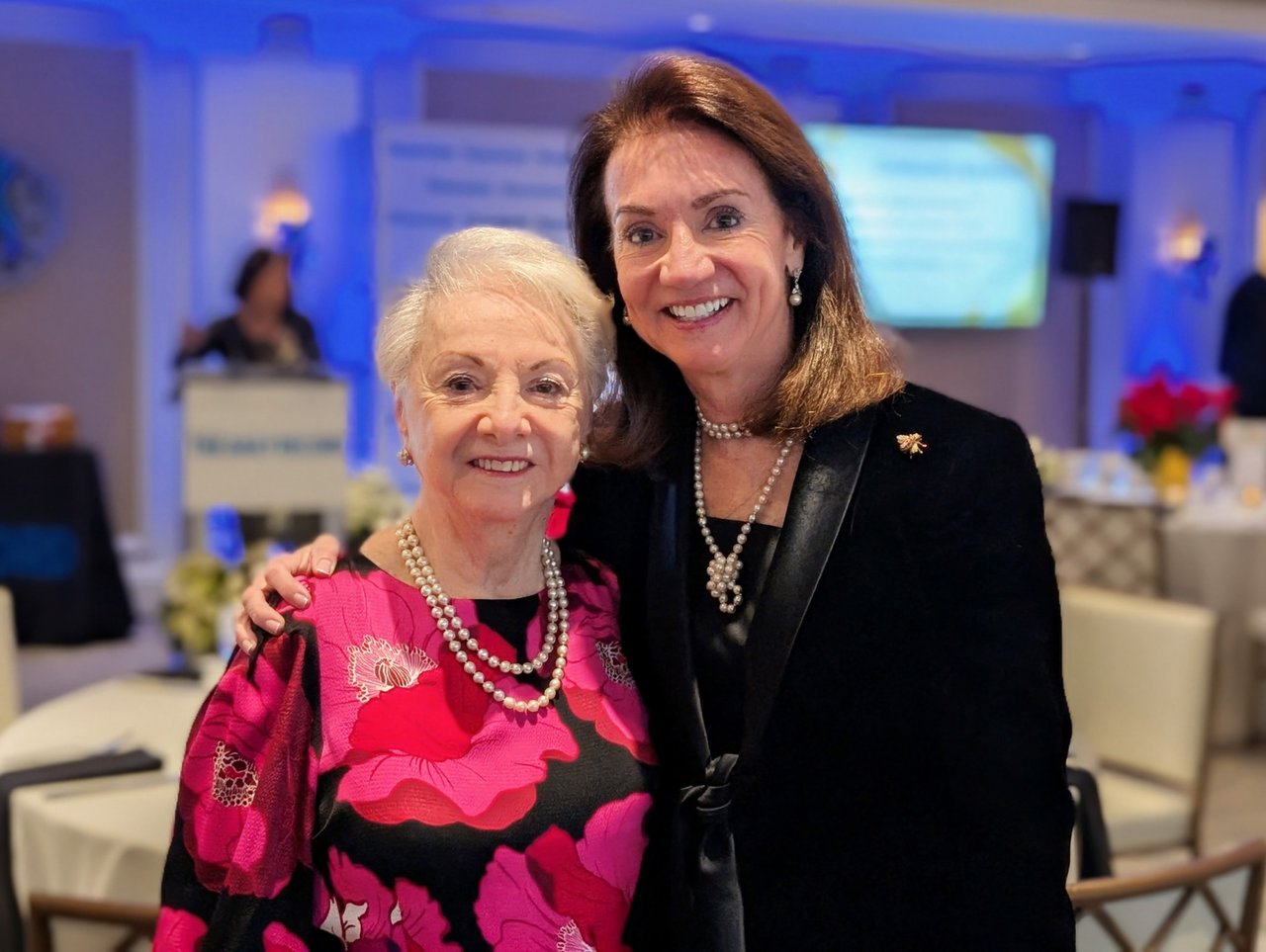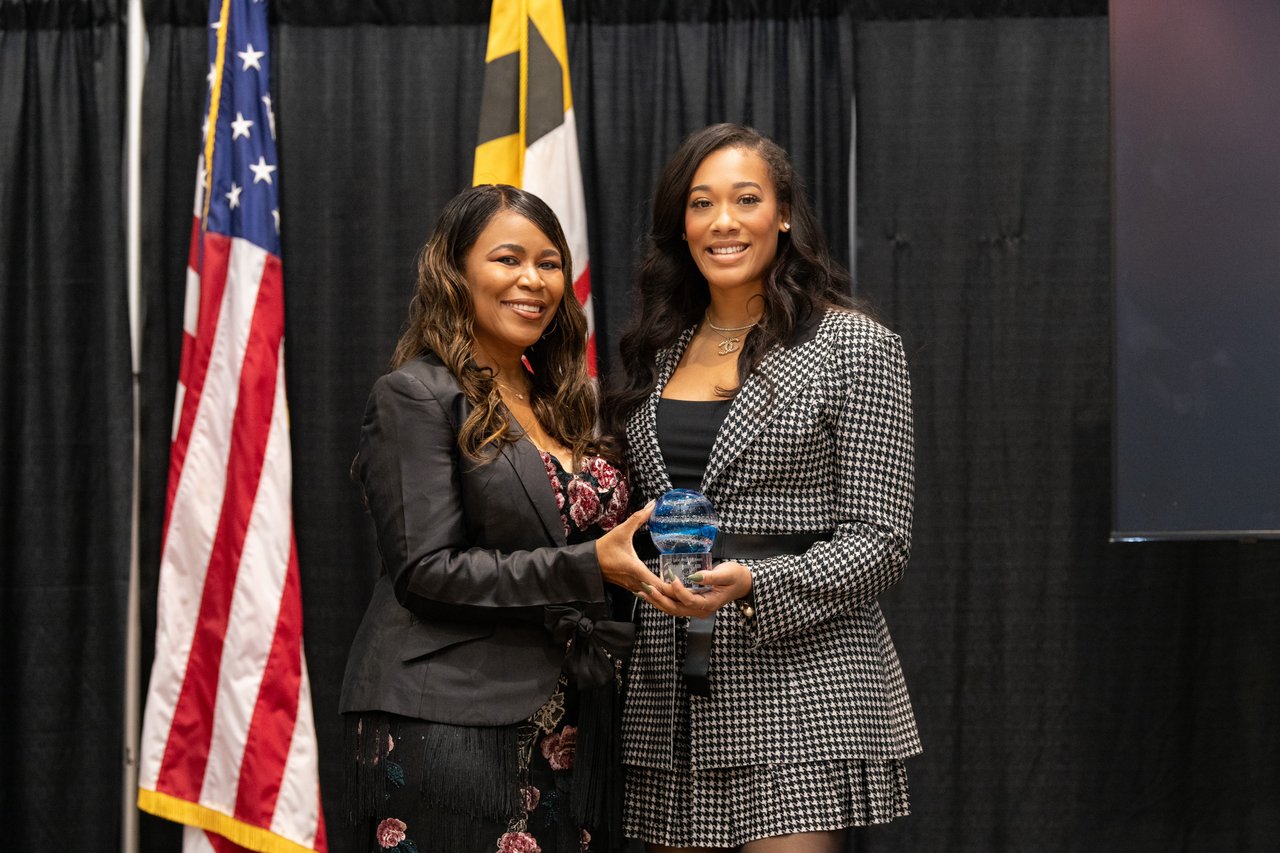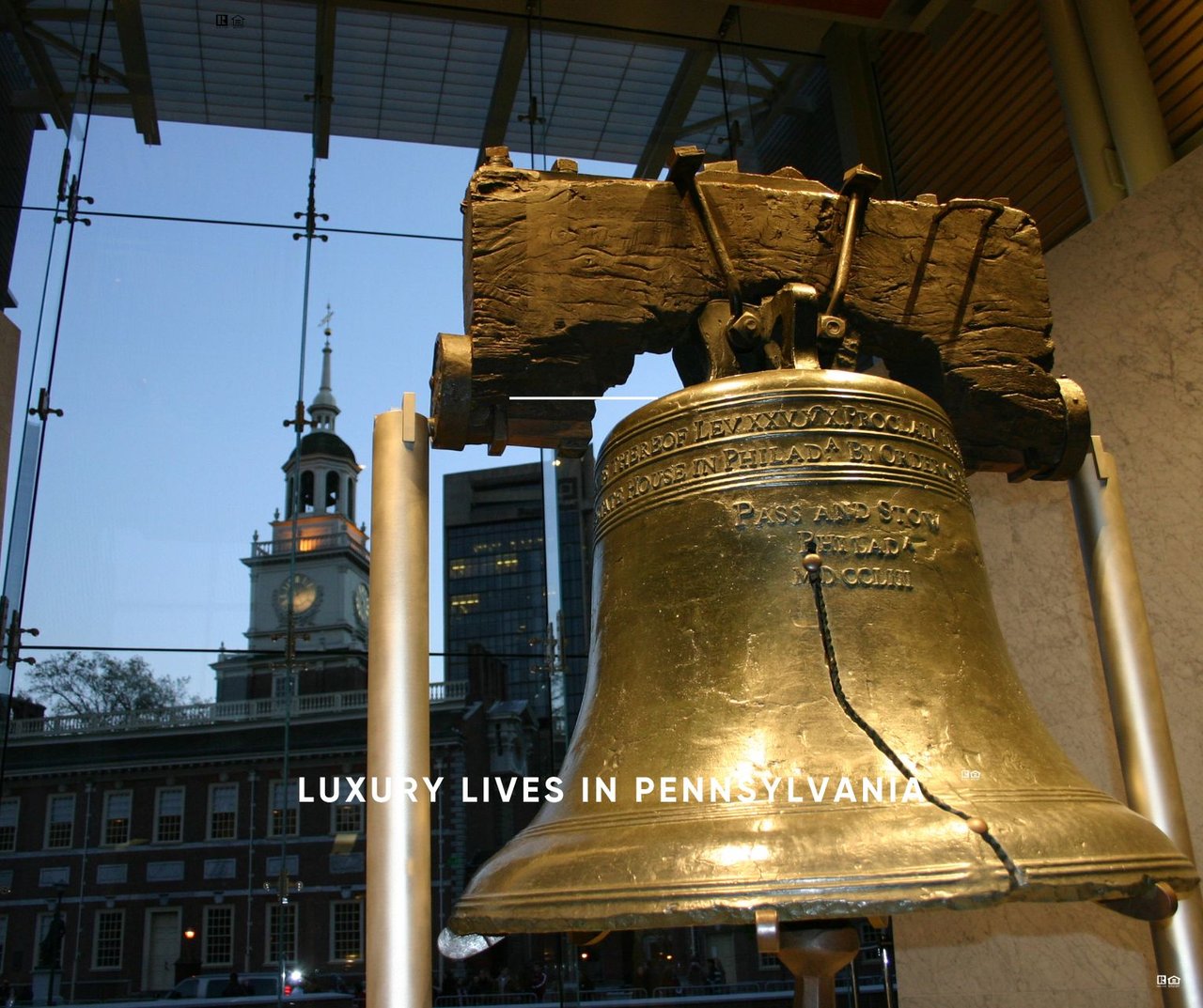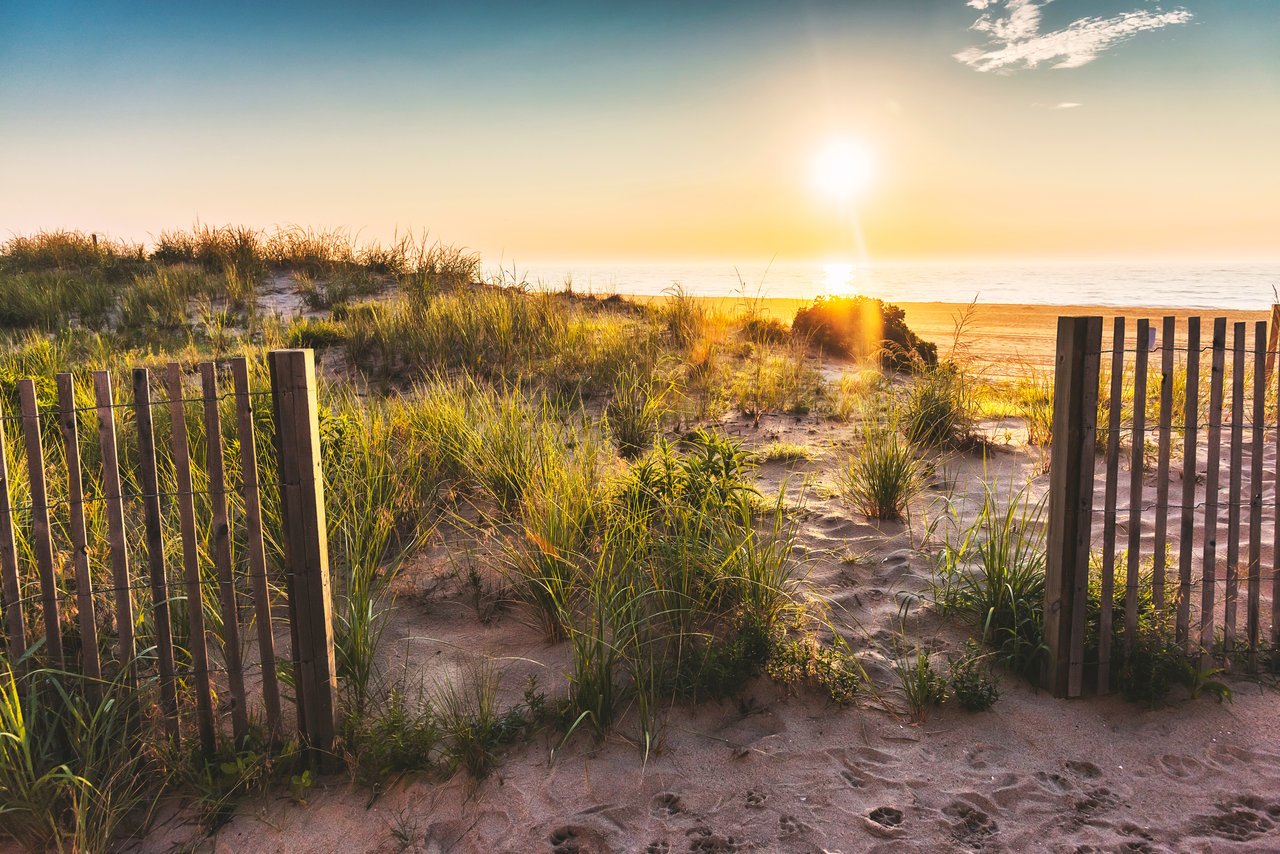Courtesy of Christie’s International Real Estate
These architects aim to understand the horse as a client as much as the property owner when designing estates with equestrian facilities.
London-based architect Seth Stein took a somewhat unconventional approach when he began work on the groundbreaking Merricks Equestrian Centre in Australia’s Mornington Peninsula. “Historically, grand estates started with the stables,” Stein says. “These would be used as a base for the making of the palatial home and other buildings. Merricks Equestrian Centre was an interesting 21st-century version. We built the stables first and are now building the home.”
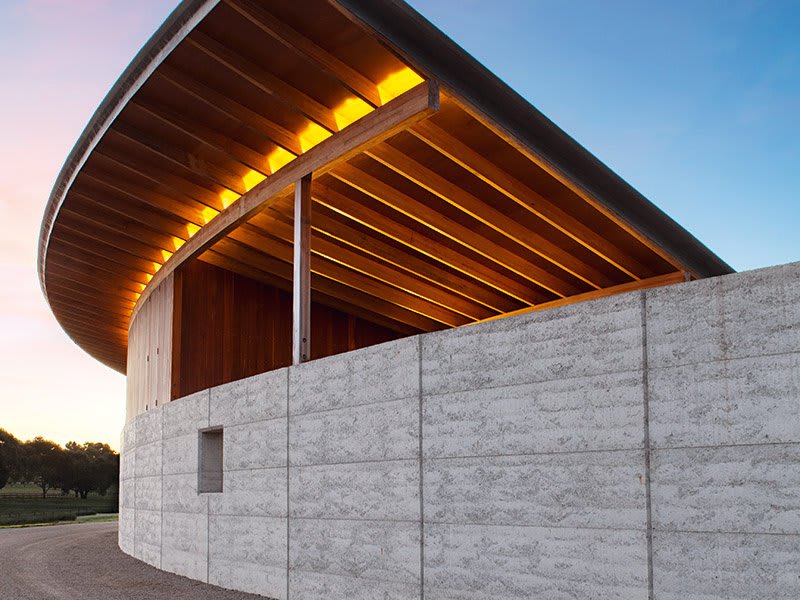
Merricks’s stables are framed by a reinforced wall of rammed earth, which offers shelter from weather elements. Photograph: Lisbeth Grosmann
Stein, together with local practice Watson Architecture, has crafted an estate that caters to its residents—both human and equine.
“Creating an equestrian-centered property can be a learning curve, not just understanding riding, dressage, showjumping, and so on, but also what a typical stable needs. The different types of feed, the laundry, the workshop, the tack, the feed prep, the groom’s accommodation…”
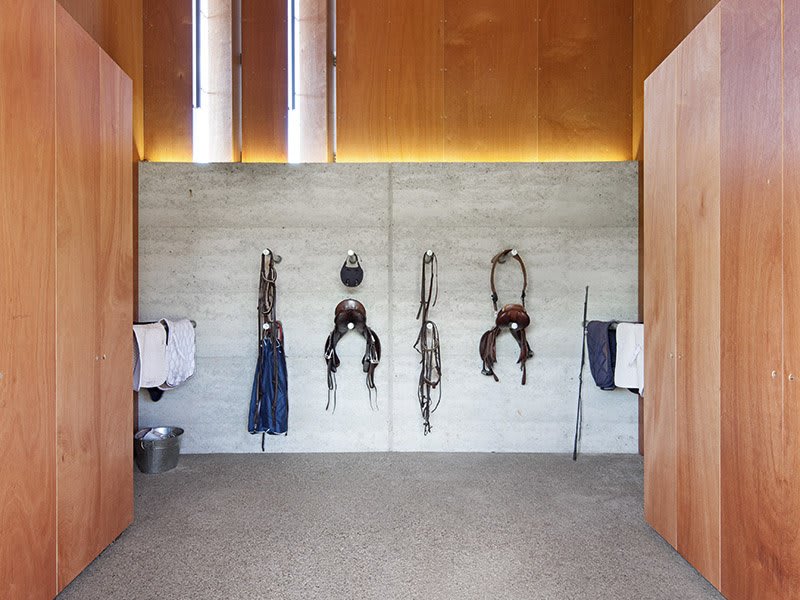
Architect Seth Stein and Watson Architecture designed the stables of Merricks Equestrian Centre first, and are now creating a residence for the horses’ owners. Photograph: Lisbeth Grosmann
For Clientele Both Animal and Human
The facility that Stein and Watson have created is semi-circular in form, and centralizes accommodations in a compact footprint. Its structure is capable of evolving as the needs of its owner, and its residents, change: “Stables don’t tend to stand still,” observes Stein. “They need to expand or contract—other people’s horses might be stabled there; other people might bring their horses to practice. It’s got to be a flexible building.” The architects are now creating a residence for the horses’ owners—a nod to the stables-first, home-later history.
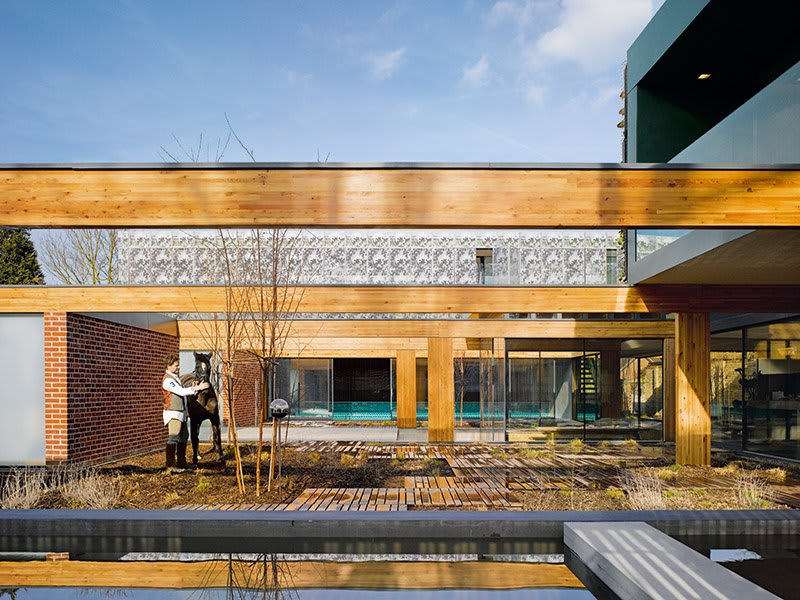
The light and spacious courtyard of Ladderstile House in London aims to achieve inside and outside spaces that seamlessly blend into each other as well as its scenic Richmond Park location. Photograph: Nick Kane
When approaching a stables commission, Stein says it’s important to remember that, “these are homes for horses. Horses make their own community—they’re quite sociable. You want to cover all eventualities for their conditions. Sometimes they may need to be on their own, other times with other horses. You learn as you go along.”
Home and Stables in One
Jack Hosea, director at Threefold Architects, takes a similar approach. “Try and understand the horse as a client as much as the person as a client,” he says. Hosea is the brains behind the visually stunning Ladderstile House, in London’s Richmond. The property is on the site of what was once a grand country house and comes with historic, and now rare, “ride-out” rights, meaning its owners can ride their horses directly from their home into the adjoining Richmond Park.
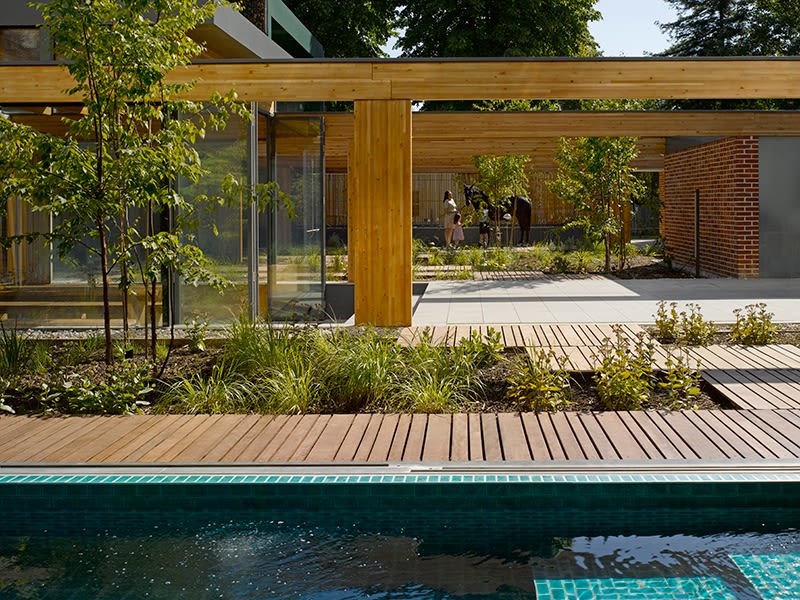
Ladderstile House encompasses wide open-plan areas looking onto the main courtyard garden, where the owners’ horses are free to roam. Photograph: Nick Kane
A “contemporary interpretation of a courtyard house,” the new-build property was conceived as a series of inside/outside spaces, or “pockets,” which catch the sun at different times of day. The kitchen area, for example, gets the morning light, while the swimming pool and courtyard are in the center, to get as much sunlight as possible—something its four-legged residents take full advantage of. “The owners are happy for their horses to wander around the courtyard,” says Hosea.
An Opportunity to Reconnect
This proximity to four-legged co-residents is something that chimes with Linda Sansone at Willis Allen Real Estate, the exclusive affiliate of Christie’s International Real Estate in San Diego.
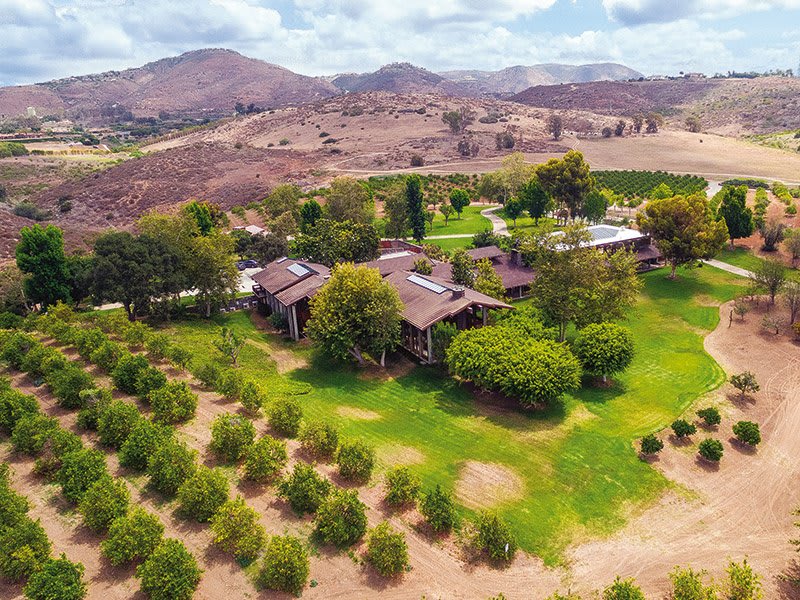
Del Dios Ranch, within Rancho Santa Fe north of San Diego, California, comprises some 210 acres. The residence is a magnificent redwood, glass, and concrete structure, and the property features a lake, tennis court, and equestrian facilities. On the market for $85,000,000 with Willis Allen Real Estate.
“The appeal of an equestrian-oriented home is to allow you to have your horses on your property. For many, horses are pets just like dogs or cats. Owners like to be able to brush and feed them as well as ride them,” she says. “When looking for an equestrian property, a big factor for desirability is having an adjacent trail so you can easily take the horse off the property for riding.”
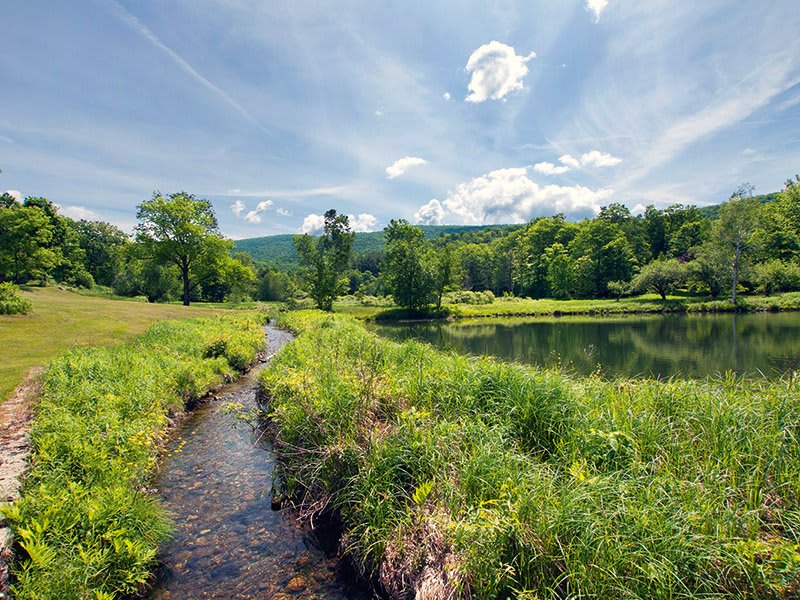
The historic 948-acre Black Hole Hollow Farm in Cambridge, New York, is located amid an idyllic landscape threaded by the White Creek brook. The estate includes barns, a riding arena, fenced paddocks, and an updated and expanded 18th-century farmhouse. On the market for $3,980,000 with LandVest, Inc.
To this, Story Jenks, Regional Manager, Woodstock and Southern at LandVest, Inc., the exclusive affiliate of Christie’s International Real Estate in Vermont, adds poetically: “There is enduring demand for equestrian properties because of the refuge they offer from a busy, high-tech world. Horses reconnect us with nature and with ourselves.”
Please click here to visit the original post.
